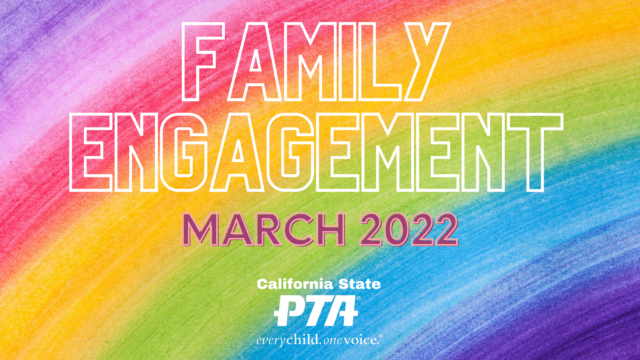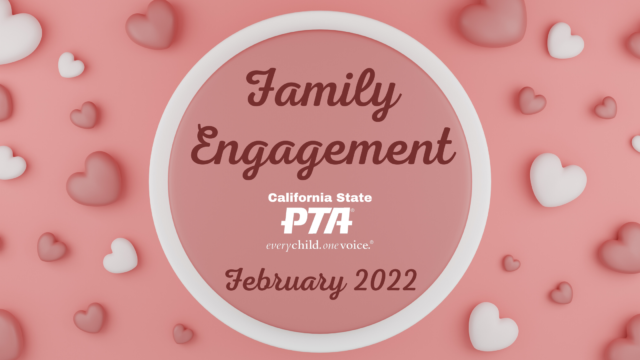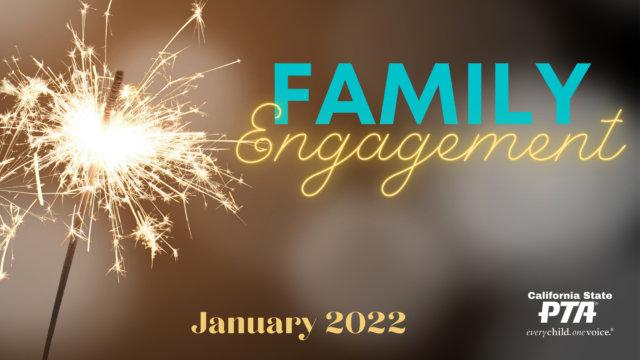
by Family Engagement Commission
The California State PTA is proud to partner with the California Association of African-American Superintendents and Administrators (CAAASA) to support its statewide professional development summit titled: An Equitable Approach to Aligning Education and Health for the Success of African American and Other Students of Color.
As a sponsor of this event we are pleased to share the valuable information and resources, below, that you can use to build equity, support students, and create family engagement in your PTA and school community:
- The Equity Blueprint for Action, created by the San Diego County Office of Education over the past few years with the aid of students, parents, teachers, staff, and district administrators.
- The blueprint is tied into Local Control Accountability Plan (LCAP) priorities and could be a model for other districts to look at as they are thinking about their own equity work. Additionally, their website is full of great information that PTAs, as well as schools and school districts, can use in this important work of making everyone feel welcomed.
- Best Practices for Facilitating College Success for African American Students, by Marlene Garcia the Executive Director of the California Student Aid Commission
- New legislation requires all high school seniors in our state to complete the Free Application for Federal Student Aid (FAFSA). This document helps students see a few things that are important in determining whether or not they can afford college:
- Gives their family’s expected contribution (FEC) — which is the amount that colleges or universities will expect their families to pay toward college
- Shows how much funding they will receive in the form of grants or loans that they will qualify for
- Your PTA can support students and families by sharing how to complete the form and/or having a clinic where they can use school or library computers to fill in the form
- New legislation requires all high school seniors in our state to complete the Free Application for Federal Student Aid (FAFSA). This document helps students see a few things that are important in determining whether or not they can afford college:
- The Palmdale Promise is a document created by the Palmdale School District over the span of a decade, to help their K-8 district ensure that every African American student is successful.
- They looked at their testing data and noticed that their African American students were not scoring well in the areas of language arts or mathematics. This document is being used on school campuses to inform their LCAPs and is shared with parents and community members to help them focus on these students and the support they need.
- Three experts in the field of early childhood learning spoke about universal pre-K that will finally be fully implemented for all four year old children in the 2025-2026 school year and how that will have a huge impact on Black, Indigenous, and people of color (BIPOC) children. They also shared with us the state’s Master Plan for Early Learning and Care which helps schools, communities and families understand just how critical early learning can be for the success of children.
- The conference closed with an extraordinary Plenary Session: Addressing Misinformation and Educational Concerns in Communities of Color Due to COVID19. Panelists: California State Superintendent of Public Instruction Tony Thurmond, President of Voice of Our Fathers, Lillie Tyson Head, a legacy foundation founded by the descendants of the African American men who were victims in the Tuskegee Study, and Camila Chavez Executive Director of the Dolores Huerta Foundation along with her mom Dolores Huerta, Co-founder of the United Farm Workers Association.
- The speakers explained the importance of factual educational information around COVID19 especially in communities with significant historical abuse and medical experimentation. The discussion started by acknowledging that as recently as between 1997 and 2014, over 1,000 women were forcibly sterilized in California prisons, most of them Black. There is a reason for mistrust of medicine in communities of color.
- Superintendent Thurmond shared how the state is partnering with local education agencies to help increase awareness about vaccinations and COVID 19 safety protocols.
- Chavez explained how her organization worked to help Latinx families gain access to Covid-19 vaccines and how they worked to ensure front line workers including farm workers were among the first to be eligible for the vaccines. And she pointed out that a recently
- Tyson Head explained some of the history of mistrust among African American families. Especially toward the medical profession because they have been mistreated and abused throughout history. Voice of our Fathers was formed by descendants of the 623 African American uninformed men from Tuskegee/Macon County, Alabama who were victims of physical and social abuse in the United States Public Health Service Syphilis Study at Tuskegee and Macon County, Alabama. Her father was one of the men that was used in this experiment for years without his knowledge or consent. Thanks to the advocacy of families such as hers, we now have to complete medical consent forms before any medical procedure.
- The panelists all agreed that addressing and acknowledging our history is important as we inform and educate the public about health policies.
California State PTA is proud to partner with CAAASA. There are great, free, resources, tools, and virtual programming for anyone to enjoy on their website.




